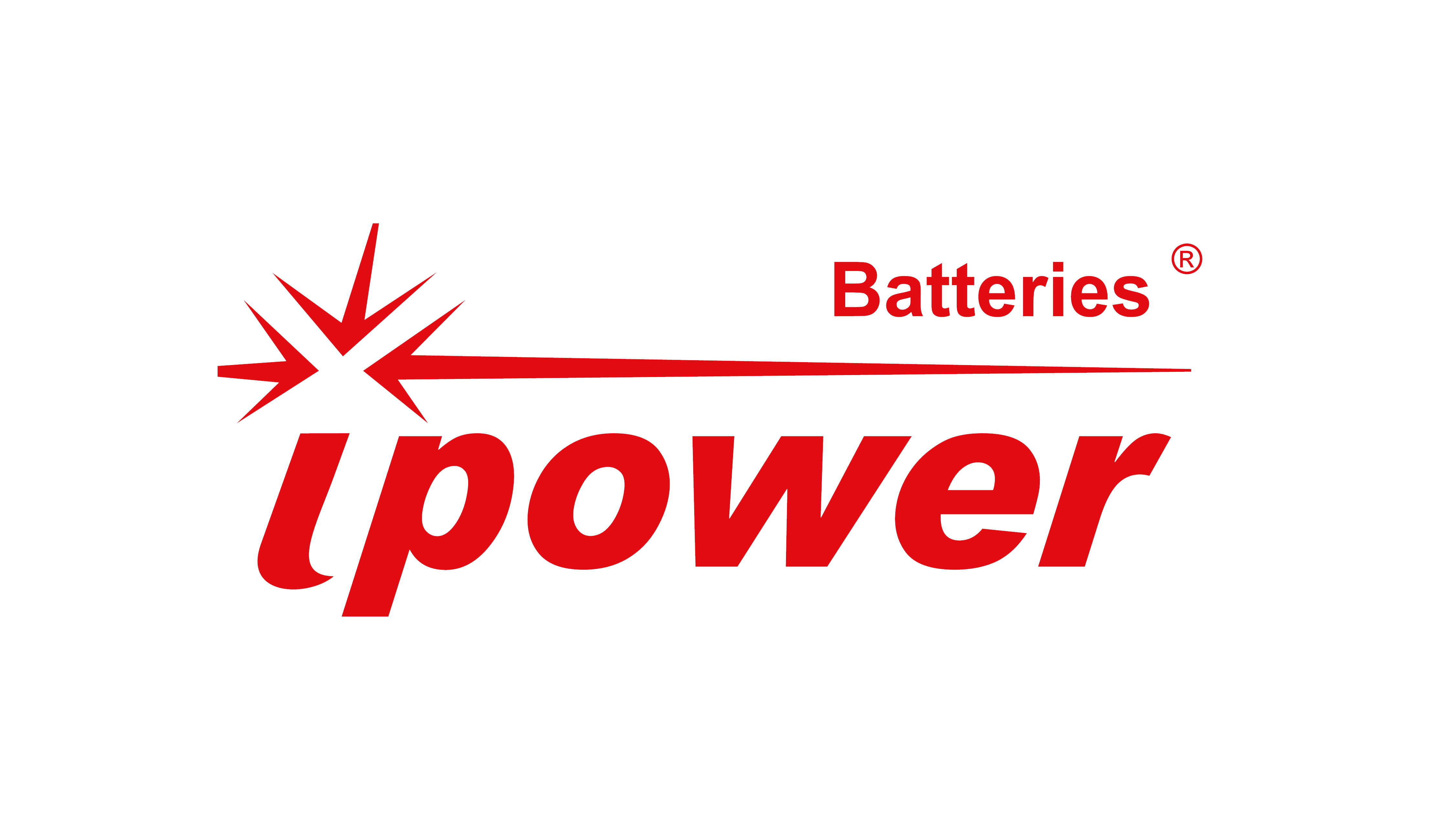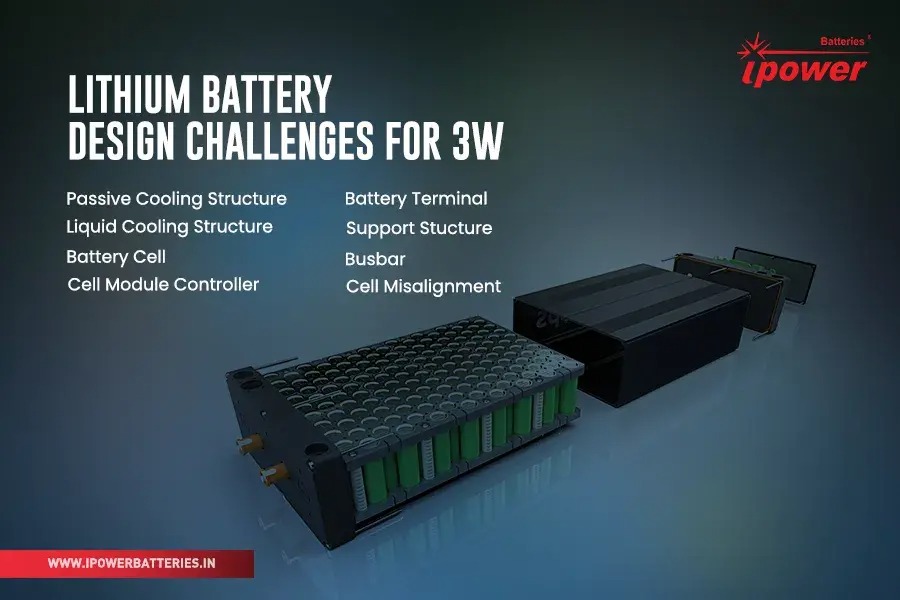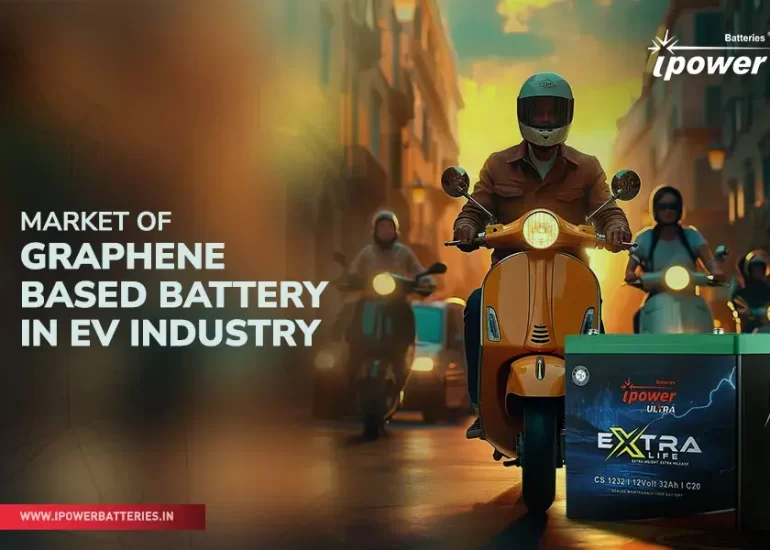In the rapidly evolving landscape of electric vehicles (EVs), the emergence of electric three-wheelers presents a unique blend of opportunities and challenges. Central to this evolution is the development of lithium batteries, which are pivotal in powering these vehicles. This blog post delves into the intricate world of lithium battery design and manufacturing, specifically tailored for electric three-wheelers, a sector that’s gaining momentum among urban and semi-urban commuters, especially in developing countries.
The Technical Nuances of Lithium Battery Design:
Lithium Chemistry Selection: The first hurdle in lithium battery design is choosing the right lithium chemistry. Lithium Iron Phosphate (LiFePO4) and Lithium Nickel Manganese Cobalt Oxide (NMC) are popular choices. Each offers a distinct balance between energy density, safety, life span, and cost. For three-wheelers, which require a robust and long-lasting battery at an affordable price, this decision is critical.
Energy Density vs. Weight: Electric three-wheelers, often used for passenger and goods transportation in dense urban areas, require batteries that provide sufficient range without adding excessive weight. Designing a battery that strikes the right balance between high energy density and low weight is a complex task. Manufacturers often face the challenge of packaging these batteries in the limited space available in three-wheelers while ensuring safety and accessibility for maintenance.
Thermal Management: Effective thermal management is paramount in lithium batteries. Three-wheelers, with their compact design, pose unique challenges in dissipating heat generated by the battery. Designing an efficient cooling system that fits within the constraints of a three-wheeler’s form factor, without compromising on battery performance, is a significant engineering feat.
Manufacturing Challenges:
Consistency and Quality Control: Manufacturing lithium batteries requires precise control over the quality and consistency of the product. Any variation in the battery cells can lead to performance issues. For three-wheelers, where the battery is a major component of the vehicle’s value, maintaining high standards of quality is non-negotiable.
Scalability and Cost: As the demand for electric three-wheelers grows, scaling up battery production while keeping costs low is a challenge. Investments in automation and process optimization are key, but they require significant capital. The balance between scaling up production and managing investments is a tightrope that manufacturers must walk.
Sustainability and Recycling: Lithium batteries pose environmental challenges, particularly in their end-of-life phase. Developing sustainable manufacturing practices and effective recycling methods is crucial. Manufacturers are exploring ways to reduce the environmental impact, from sourcing eco-friendly materials to setting up recycling programs.
Conclusion:
The journey towards efficient and sustainable electric three-wheelers is fraught with challenges, particularly in the realm of lithium battery design and manufacturing. However, these challenges also present opportunities for innovation, driving advancements in battery technology and manufacturing processes. As the industry navigates these hurdles, the future of electric three-wheelers looks promising, offering a greener, more efficient mode of transportation for the masses.






I want 72 volt 30ah lithium ion battery for Benling aura ev scooter